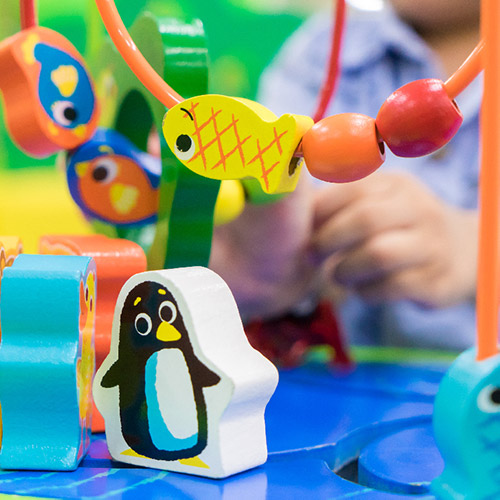
What is ABA?
Applied behavior analysis (ABA) is a therapy based on the science of learning and behavior. ABA therapy applies our understanding of how behavior work to real situations. The goal is to increase behaviors that are helpful and decrease behaviors that are harmful or affect learning/daily tasks.
Who can benefit from our ABA services?
ABA is simply for everyone. The principles applied in ABA are mainly used to enhance the lives of people with autism, but it also is a great way to reduce behavioral problems. Studies have revealed that 47% of children who were involved in ABA at an early age attained higher educational performance.
What is the age range?
Infants, children, and adolescents.
What skills do we work on?
Not only does ABA develop basic skills such as looking, listening, and imitating, but it also develops complex skills such as reading, carrying a conversation, and engaging in joint attention. In addition, it also improves attention, focus, social skills, memory, and academics. ABA programs increase or maintain positive behaviors, and decrease problematic behaviors.
ABA therapy programs can help:
When can we start ABA?
The earlier a child receives treatment plans, the sooner they will develop high educational performances. Children as young as 24 months can benefit from ABA therapy.
How does it work?
ABA is a flexible treatment:
What happens during sessions?
Every client has their own programs based on the needs that need to be met in their lives. The goal
is to help the person work on skills that will help them become independent and successful in the
future. A qualified BCBA designs the programs that need to be run by customizing each learner’s
skills, needs, interests, and preferences.
The behavior analyst starts by doing an assessment of each person’s skills and preferences in order
to write the appropriate treatment goal. These treatment goals depend on the age, and ability level
of the person. The goals include different skill areas like communication and language, self-care,
motor skills, learning and academic skills, and social skills.
During a session, the instruction plan breaks down these skills into small steps. The therapists teach
one-step at a time, starting from the simplest skill like imitating single sounds, to more complex
skills like carrying a conversation. In the meantime, the BCBA and therapists must collect data
during the session. This helps monitor the client’s goals on an ongoing basis.
The behavior analyst regularly meets with family members and program staff to review information
about progress. They can then plan ahead and adjust teaching plans and goals as needed.